The Northwest Ohio Intermodal Terminal was designed to support CSX’s hub-and-spoke approach to serving smaller intermodal markets. By sorting container shipments at North Baltimore, CSX could build the density required to provide new or more frequent service to places such as Louisville, Ky.
But the terminal’s sorting hub days are numbered as part of CSX’s shift to precision scheduled railroading under CEO E. Hunter Harrison, according to sources familiar with the situation.
“CSX does not have any plans to discontinue operations at the North Baltimore facility,” spokesman Rob Doolittle says. “We are reviewing our train plan at the North Baltimore terminal to identify opportunities to provide better service to our intermodal customers, and CSX will communicate any changes that may be made directly to affected customers, employees, and other stakeholders.”
Over the past two weeks CSX has told customers that it is curtailing intermodal service to Louisville and Detroit. International and domestic intermodal traffic to and from both cities is funneled through North Baltimore.
The changes are the first steps in diverting traffic away from the Northwest Ohio Intermodal Terminal, sources say.
CSX will no longer handle domestic container shipments from Detroit to two dozen destinations, ranging from points in California, Texas, and Mexico to Florida, Syracuse, N.Y., and Montreal, Quebec. Similar changes have been made in Louisville.
The North Baltimore terminal, strategically positioned on CSX’s mainline to Chicago and between its former Baltimore & Ohio Toledo-Cincinnati and Chesapeake & Ohio Toledo-Columbus routes, may survive as a block-swapping yard.
Before Harrison’s arrival at CSX in March, 30 or so trains per day stopped at North Baltimore to swap blocks or have their containers lifted, sorted, and placed on different outbound trains.
The terminal employs nearly 300 people and has been hailed as a model of advanced technology and green design. It features ultra-efficient electric cranes, optical scanners that reduce truck idle times, and automated car tracking technologies. In 2013, Vice President Joe Biden and Transportation Secretary Anthony Foxx toured the terminal and touted it as an example of the economic benefits of infrastructure investments.
Now it is unclear whether the changing role of the terminal will spell the end of CSX’s hub-and-spoke strategy, which was unique for a double-stack intermodal operation.
As recently as July, CSX executives said North Baltimore was a proven concept that would be extended to a new $270 million Carolina Connector intermodal terminal planned for Rocky Mount, N.C. Executives also had discussed the potential for adding a third intermodal sorting hub near Atlanta.





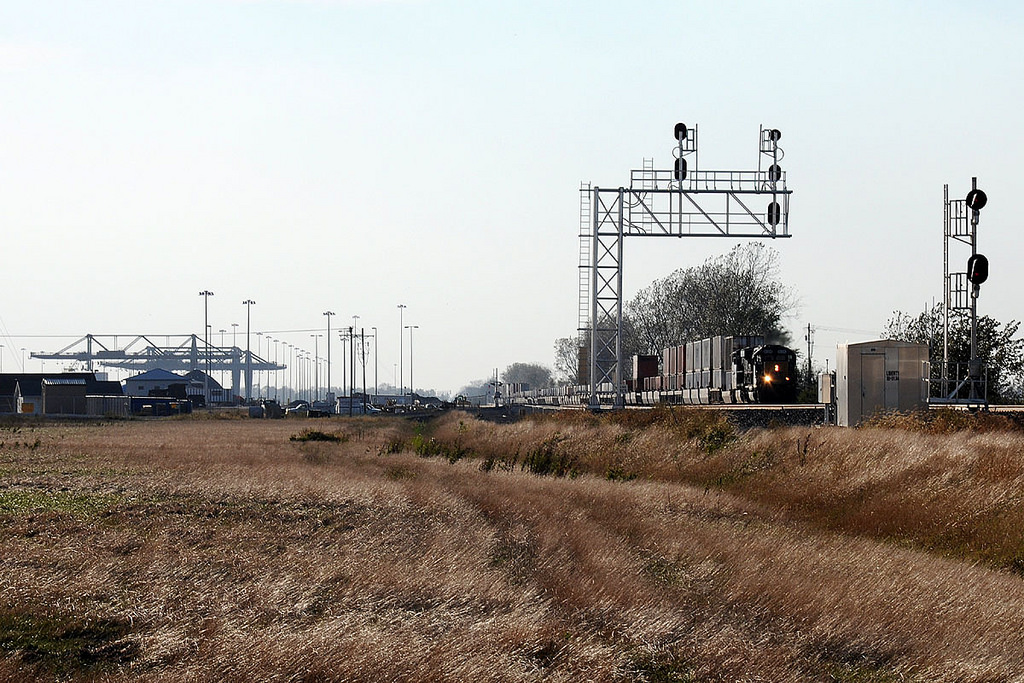

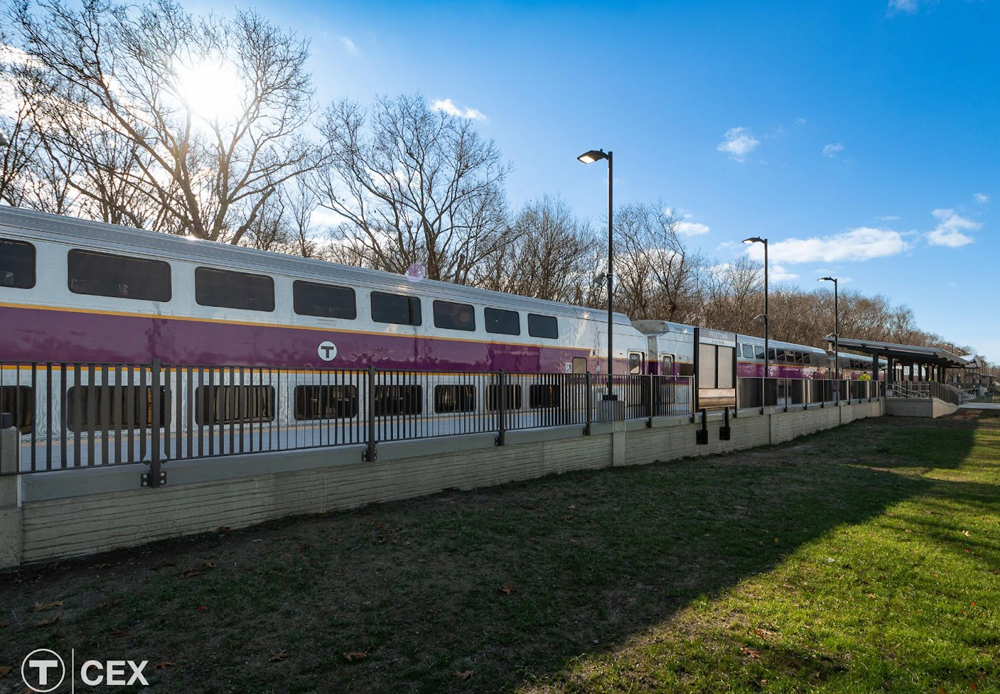
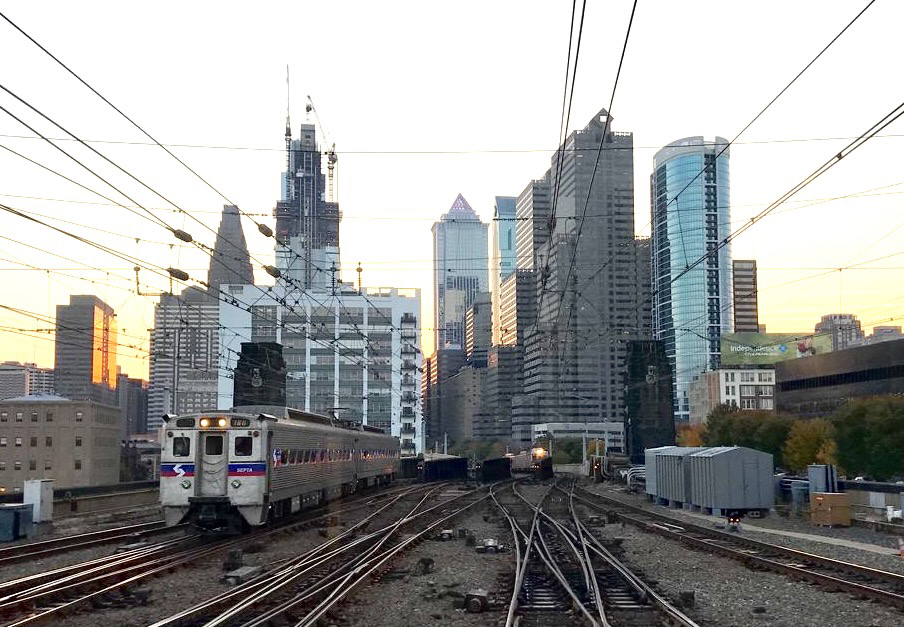
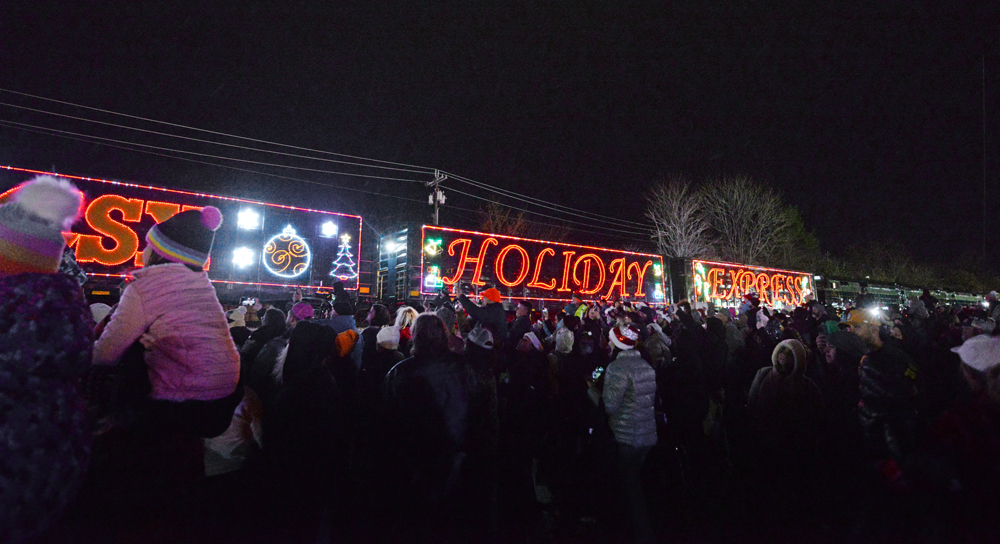
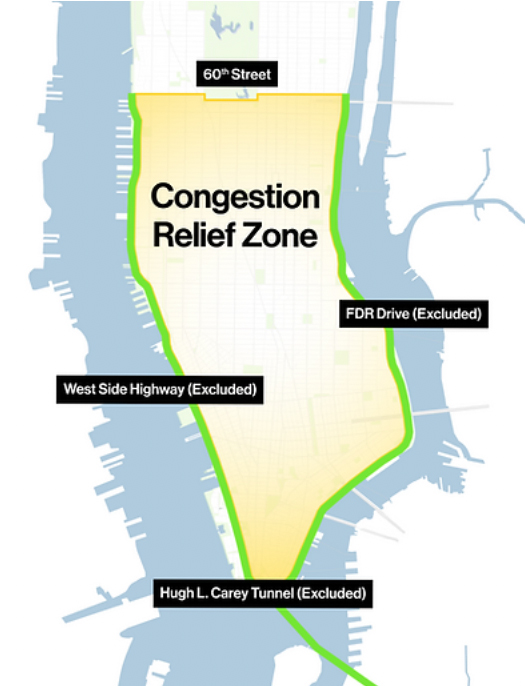
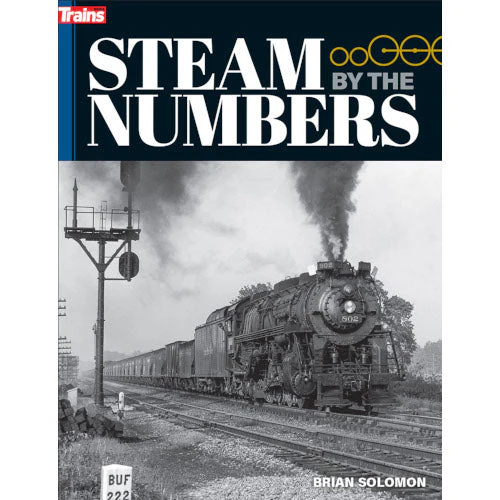


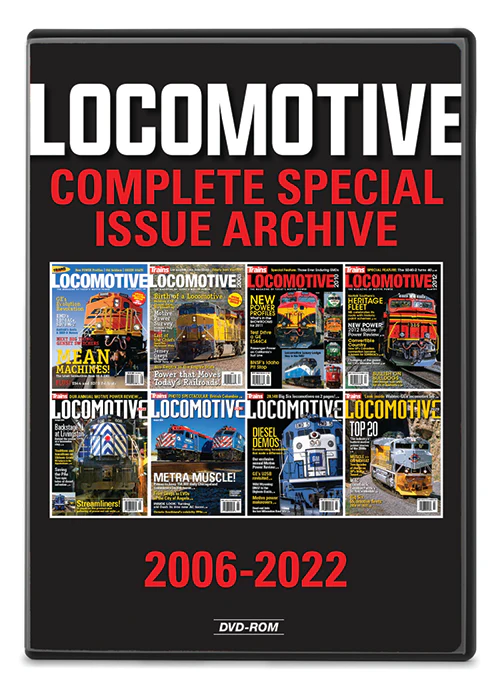
The picture that Brian took here is looking west it looks like.Hope that CSX keeps North Baltimore open,Nice to drive by on the way to Fostoria
Mr. Conaway, this reduction won’t have much of an effect on the “inland port” in Chatsworth. That ramp is going to be owned and operated by the Georgia Ports Authority, CSX is merely the transportation provider for it. This inland port should still open and operate as intended in 2018.
A few years ago, CSX added a connection track at the SW portion of the diamond – west of N. Baltimore, OH, (Galetea?)supposedly to connect with Columbus,OH. Then they built another connecting track on the NE corner of the Ridgeway, OH diamonds, to shuttle blocks/cars between N. Baltimore, and the Schneider Terminal at Marion, OH.
Either previous CSX made a huge and costly mistake a few years ago or EHH is making one now. There is no reasonable alternative conclusion. But I’m betting no one responsible will be held accountable in any meaningful way.
This does not bode well for the “inland port” currently under construction near Chatsworth, GA. But, I (and many others here) don’t see the traffic patterns or balance sheets that Mr. Harrison does, so keep cutting away the fat until we see what a leaner CSX can do.
So if CSX is shrinking it domestic container business and NS eliminated most Triple Crown services, just what business do the railroads want to serve anymore? Over the decades they have lost many commodities due to indifference as to what the shipping community needs and wants.
By Hunter Harrison doing this and shutting down North Baltimore yard , it will create a bottle neck to the point of which the shippers will find other ways to ship there goods.
I live in SW Michigan and commuted to SW Ohio monthly for many years. A daytime trip by North Baltimore was usually on my commute route after the inter modal yard opened. The yard always seemed like Sleepy Hollow. I never saw much moving on tracks, and it was a treat to see even one of the cranes actually working. Stack trains would sit at the entrance to the yard, or on the mains east or west of the yard, seemingly inert. Truck traffic to and from the facility on Ohio Rt 18 was always light to zero. I wonder if the North Baltimore IM yard was/is actually a marketing flop.
I thank Mr Van Ness and Mr McFarlane for their responses to my comment. I am now better informed of some of the markets North Baltimore was built to serve. However was it really necessary to spend $175m and can that amount produce a positive financial return?
“Revolutionary” and “forward thinking” are fine words but mean nothing if not allied to that outcome.
Responding to Mr McFarlane’s comment regarding transit time from port to customer…
7-10 days transit on rail…is this an example of transit time from west coast port to the middle west or is it an example of the potential variation of the rail part of a containers journey? My experience is that customers want reasonable certainty – often to the hour – as to when delivery will be made.
I note Mr Fuller’s contribution – it does tend to support my thoughts.
Continue to gallop with pride and performance Thoroughbred. This is “How Tomorrow Moves” for one of your industry competitors.
I meant “Low division of revenue, and high costs “
Believe Harrison was not a big fan of intermodal on IC, mainly due to short hauls. One could argue that CSX’s division and costs on an international container from the west coast to Detroit was not much, esp. if it included an intermediate switch at N. Baltimore.Ironic that after his departure, IC’s ramp at Markham was named after him!
Hey Harrison…..What are you smoking? This is a disgrace.
The hub and spoke network was a revolutionary, forward thinking plan that was increasing rail’s market share in cities like Detroit and Louisville that are not on primary trunk lines. Scaling back this terminal’s operations will waste all of the millions of dollars CSX invested in not only the terminal, but the National Gateway project as well. CSX will lose out on this one; NS (and now CP, which is expanding into Ohio via a shortline partnership) will be quick to pick up the traffic. This move will cut costs, but that will not even come close to making up for the lost revenue. Harrison cares nothing about growing traffic or market share in the long term; he only cares about quick money for himself, his cronies, and the shareholders who put him in office. Both the railroad and economy suffers when rail service is cut to cities, but Harrison has no concern for either of those things.
I have thought since it opened that this switching/intermediate container handling yard was a waste of $175m. I have no knowledge of the traffic patterns its was created to handle but I am a – now happily retired – 33 year employee of Freightliner in the UK.
Intermodal traffic by rail needs minimum handling (onto the car at the start of the journey/off it at the destination) and the absolute minimum of intermediate switching. Spending the money that CSX did to build West Baltimore puts a massive addtional charge of handling cost per container. Also having containers waiting around in the Ohio countryside for a forward rail service makes the service less competitive versus other railroads and trucks.
I am no fan of Hunter Harrison and agree with many comments that have been made regarding his management practices, but in this case I think that current CSX mangement are probably beginning to correct a mistaken operational investment.
Another foolish move by the head of CSX. What does this mean for the facility in Carolina that i assume is under construction. What about the one planned for GA. Does running off present and future traffic make the operating ratio that much better?
Soon to come: Another fancy bulk distribution site with a wide, fancy concrete tarmac in northwest Ohio. Following in the footsteps of the ATSF/TPW “Hoosier Lift” in Remington In.
A major advance in the destruction of CSX
Incredible to me how some people in the RR industry and those in financial and consulting circles think that this functioning lunatic EHH is some sort of messiah or savior for the industry. Hey, let’s just kill off some more business. Brilliant. Absolutely brilliant.
Do I sense opportunity for Chicago, Ft Wayne and Eastern, as well as NS?
I’m waiting for the big sell off. The Chicken S*** eXpress isn’t a railroad, it’s a disastor. What ever happened to disgrunted employees pulling off Wild Cat strikes? They’re long over due at CSX! Too much of Hee Haw Hunter is too much and his attitude towards the men and women who are forced to put up with his BS is a disgrace to the human race.
On a positive note: Hunter won’t need any make-up this Halloween when he goes Trick or Treating because he already can portray Frankenstein unmasked naturally!
BOO!
I think EHH is lacking oxygen at this juncture in his life. What is his doing is just ramrodding a concept that he figures fits all railroads at all times. Not true. I am awaiting orders to rip up all double track lines and make them single track as well. What about growing the business? That is why in the overall freight market the railroads share continues to shrink. What a business model.
Mr. Livesey you should have started and ended your comment at this point, and I quote: “I have no knowledge of the traffic patterns its was created to handle but I am a – now happily retired – 33 year employee of Freightliner in the UK.” Even though I was already out of the logistics business bu this time I could see the huge benefit this facility was going to have for both CSX and intermodal itself. As Mr. Van Ness stated cities like Detroit and Louisville, which aren’t on the major trunks or short hauls to major interchange points don’t have the service they deserve. With a hub and spoke intermodal network the volumes become viable for expanded service to more destinations and more origins. As for the cost factor, not many containers sat on the ground for very long and the vast majority where in and out within the same day as they’re only being hostled around a container yard, not driven on a road or highway…stack trains could be sorted and reconfigured in hours they way the facility was laid out. Now NS can increase it’s share of domestic stack service from both Detroit and Louisville, CP looks to be concentrating on International traffic with their extension into Ohio. Keep in mind that transit time on rail for international shipments isn’t as necessary as people think it is, after all the container has already spent anywhere from potentially 3 weeks to 6 weeks at sea, another 7 – 10 days transit on rail is not a killer.
The public be damned! Who says that the robber barons all died off around 1900! I think that there’s something other than oxygen in that tank that Harrison is snorting.
$175 million down the drain.